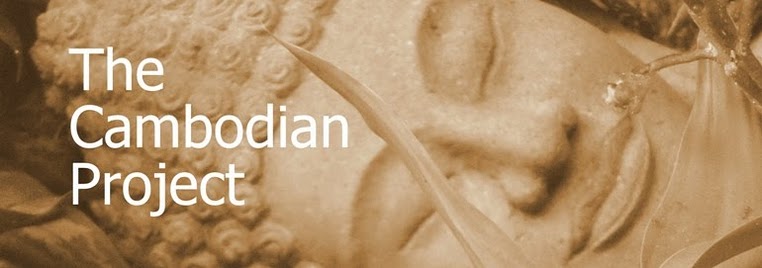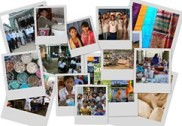 Caroline Brouwer
Caroline BrouwerLast week we dealt with the furnishing of two small shops. A shop is placed in the school (frequented by many foreign visitors), the other is placed in the office of The People Improvement Organization. Thanks to the many donations from our friends we were able to buy beautiful showcases and new materials for the workshop. We want to thank everyone who has supported us with their financial contributions. Without this support, we could never have supported People Improvement Organisation in setting up both shops in Phnom Penh. We consider your support as a positive affirmation of our mission and activities of The Cambodian project. For us, this support is a tremendous encouragement to continue with the important work of The Cambodian Project and People Improvement Organisation.
The purchase of the display cases was a real challenge! I'm being considered as a tourist by the Cambodians, as I'm a westerner and don't master the Khmer language yet! Which results in a disadvantage while negociating prices with different suppliers. I have visited several wholesalers to get and idea on how expensive the showcases would be and to determine where I could get the best price. I gathered enough information to take action, but decided to leave the final deal making to Sreyla. As she is from Phnom Penh, she has far more influence on a positive outcome of any negotiation! Finally, we managed to purchase the display cases for almost half the price.
Together with the students of the workshop, we have furnished the display cases in the shops. The students now realize that they have achieved something to be very proud of. At least it feels like that to me. As they see their work in the display cases and sales are actually now initiated, there is a sense of: "Look everyone, these are the necklaces I made!". This obviously gives a lot of confidence. Even at school they are proud to show other students what they have manufactured during the past weeks. As a result, other students become highly motivated to participate in our workshop as well!
Sales lists are made, prices are set, the necklaces and scarves are beautifully displayed, the packaging with beautiful ribbon are there! And so it becomes a real joy to buy our jewelry at the newly furnished shops!


















